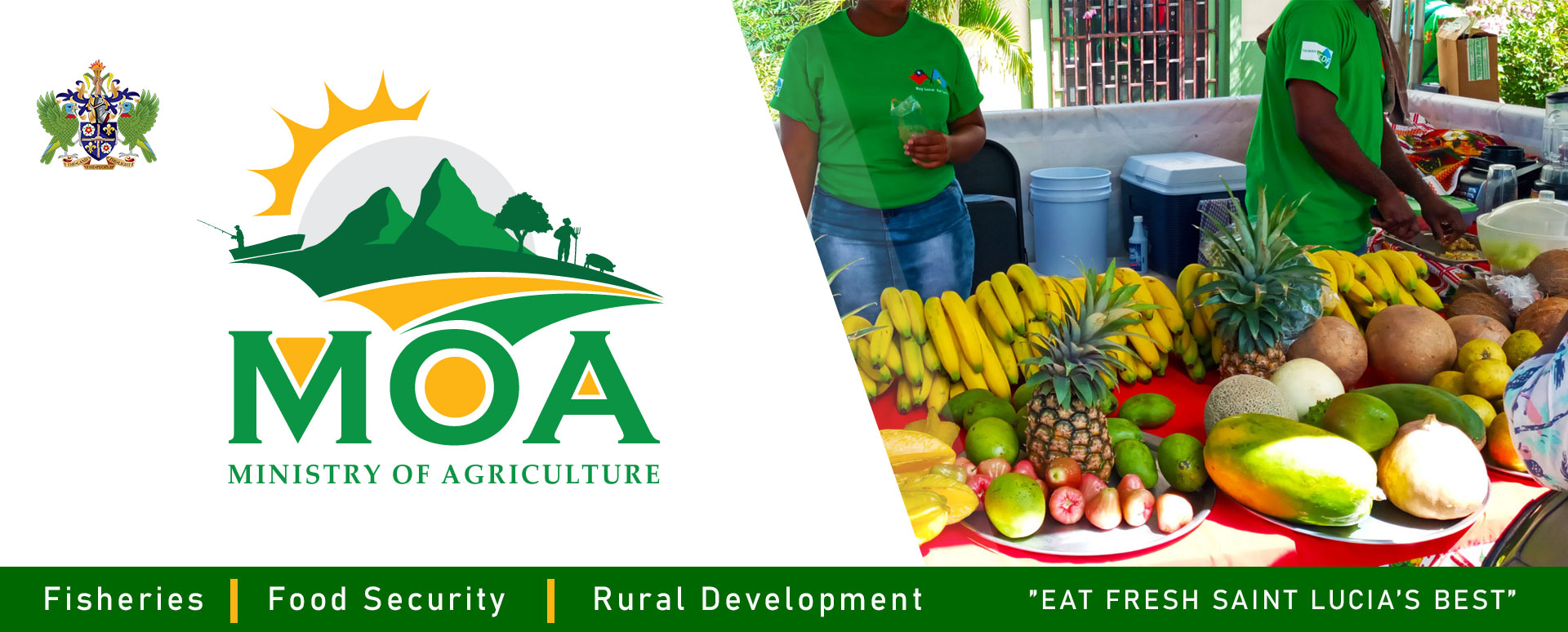
Illegal Sand Mining Discovered at Grande Anse Beach Wildlife Nesting Sites Damaged
The Ministry of Agriculture strengthens its efforts to protect Saint Lucia’s fragile ecosystems, following the discovery of illegal sand mining at Grande Anse Beach, a critical habitat for endangered wildlife species.
Illegal sand mining activity has been uncovered at Grande Anse Beach, raising serious concerns among the Department of Forestry and conservationists. The discovery was made during a routine wildlife site visit and monitoring exercise that was conducted recently by the leading authority.
A subsequent assessment of the damaged nesting grounds and surrounding habitat was carried out with the involvement of key agencies, including the Department of Fisheries, the Department of Infrastructure, the National Conservation Authority, and the Royal Saint Lucia Police Force.
Grande Anse Beach and its adjacent mangrove area are recognized as vital ecological zones, home to a wide array of wildlife. Most notably, the area serves as a critical nesting ground for the endangered Saint Lucian iguana and the leatherback sea turtle.
Assistant Chief Forestry Officer Pius Haynes expressed that approximately ten iguana nesting sites were tampered with and mined during the illegal activity.
“ Now we know that this sand mining has tremendous negative implications on the very survival of the endemic Saint Lucian iguana because the iguanas the actually use the sand for nesting. They use the sand to tunnel through and to actually have the eggs laid within the soft sand of the beach. And so every year the nesting season is from February down to May. So we are actually in the nesting season of the Saint Lucian iguana. What we are discovering is that there is significant portions of area that has been minded for sand. We have also seen vegetation in terms of the sea grape have been cut back with a chainsaw so that persons could have more access to the sand . Now, in the act of doing those things, they are destroying all of the known iguana nesting sites that we have here. So we have 10, all of them have been tampered with, All of them have been destroyed”
Deputy Chief Fisheries Officer Thomas Nelson highlighted that Grande Anse Beach is legally protected under the Fisheries Act as a designated marine reserve and emphasized that sand mining in these areas can have devastating impacts on wildlife, especially species that depend on stable, undisturbed nesting grounds.
“ Grande Anse Beach and mangrove is an important ecological area. It was actually designated a marine reserve. Grande Anse beach and mangrove marine reserve under the fisheries act. Based on the reports of the illegal sand, we found it necessary to come and investigate the matter. The beach is an important nesting site for sea turtles, particularly the leatherback sea turtles , but you also have the other species, such as
The hawksbill and the green turtles that also come to nest on that beach. The mangrove is also an important area for fish and other species. So therefore, the illegal activity of sand mining can really be detrimental to the benefits that can be accrued from that site”
The Ministry of Agriculture, Fisheries, Food Security, and Rural Development has strongly condemned the destruction of wildlife habitat and issued a stern reminder to the public: anyone found guilty of damaging or destroying wildlife habitats commits an offense under Saint Lucia’s laws and is liable, on summary conviction, to a fine of $5,000, imprisonment, or both.
Anyone with information regarding illegal sand mining activities is encouraged to contact the Royal Saint Lucia Police Force or the Department of Forestry.


